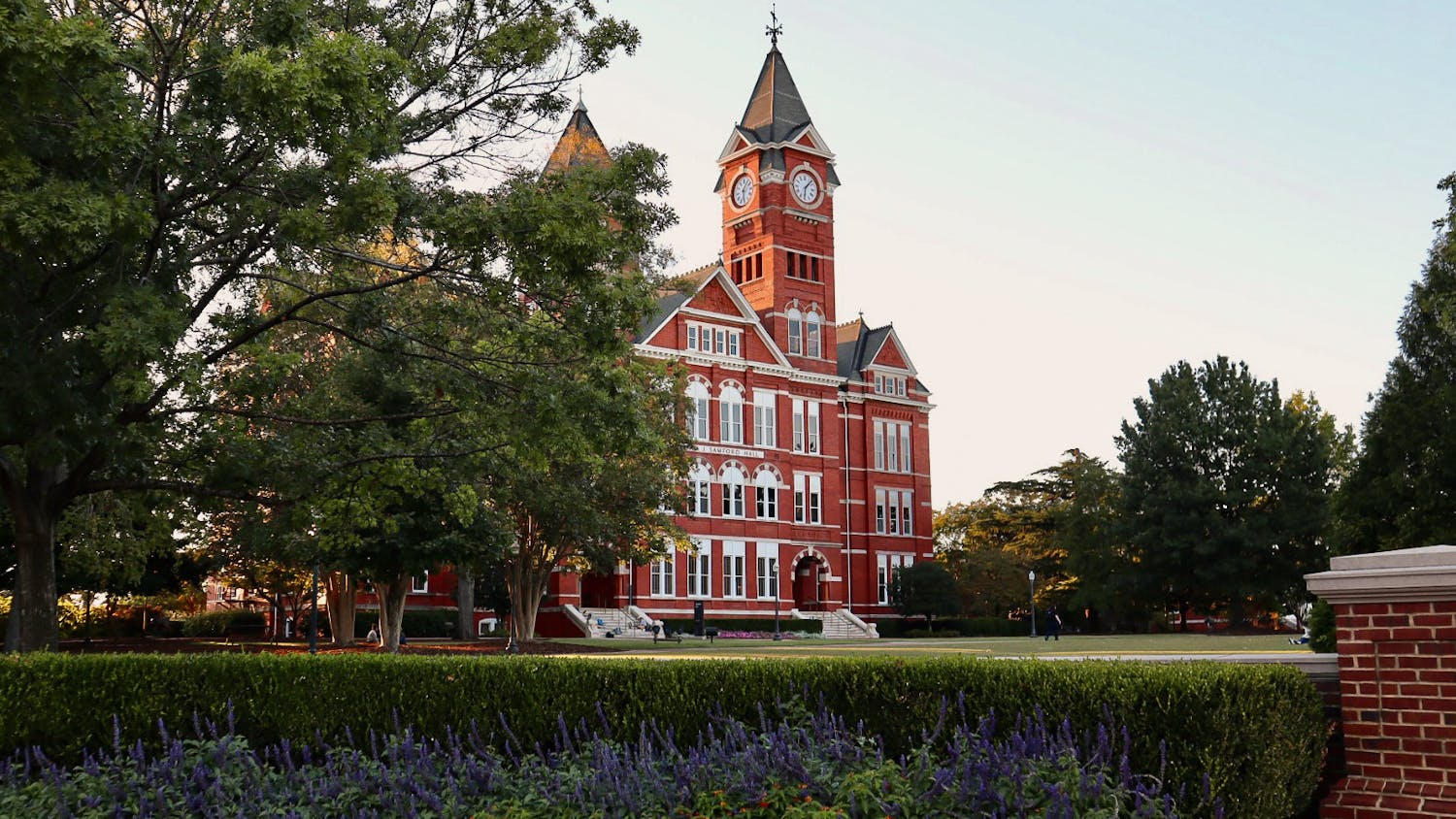Nestled in the historic district of downtown Opelika, the Museum of East Alabama houses an eclectic mix of artifacts, from an Indian canoe dating to 350 B.C. to a living room parlor scene set up with Gov. William James Samford's furniture and his hat.
Glenn Buxton, the museum's director, took over in 2005.
"When I first came at it I wasn't interested at all," Buxton said. "My background is in broadcast--I used to manage a radio station--but the museum needed someone to come in here and kind of pull the place together."
Buxton said the museum had been struggling financially, so he stepped in for an overhaul and began renovation in 2009.
"One of the Auburn University engineering and design school classes took on a project here to tell us how to lay out the museum," Buxton said. "They came up with three concepts; one we and the board accepted was to break the museum down into six different categories."
The categories include East Alabama at work, at war, on the go, at play, at home and the people of East Alabama, which includes both ancient Indian artifacts and a collection of items which belonged to Billy Hitchcock, who played baseball at Auburn and coached for the Atlanta Braves.
"Billy Hitchcock was very instrumental in getting this museum done," Buxton said.
Buxton said three major exhibits draw the most attention.
"Probably the three biggest things that people come in here to look at is exhibit on the German POW camp that was here during World War II, which held 3,000 Germans, a model bridge collection by Mr. John Erwin and Creek Indian artifacts," Buxton said.
The Creek Indian exhibit includes the prehistoric canoe, a pair of women's leggings and an Indian costume from the Buffalo Bill Wild West Show.
Another rare item in the museum is a tape recorder called a magnetophone from 1938 Nazi Germany.
"There's only two of those known to exist in the world," Buxton said. "We have one and the Smithsonian has the other."
Opelika Mayor Gary Fuller said there are around 5,000 artifacts at the museum, many of which are from the Opelika area.
"Auburn was always the college town and Opelika was where all the manufacturing happened," Fuller said.
Fuller attributed Opelika's railroad industry to the growth of textile trade in the city.
"Both an East-West rail line and a North-South rail line run through downtown Opelika," Fuller said. "Frankly, it creates a lot business for downtown Opelika."
This also made Opelika an ideal spot for the museum, Fuller said.
Do you like this story? The Plainsman doesn't accept money from tuition or student fees, and we don't charge a subscription fee. But you can donate to support The Plainsman.





